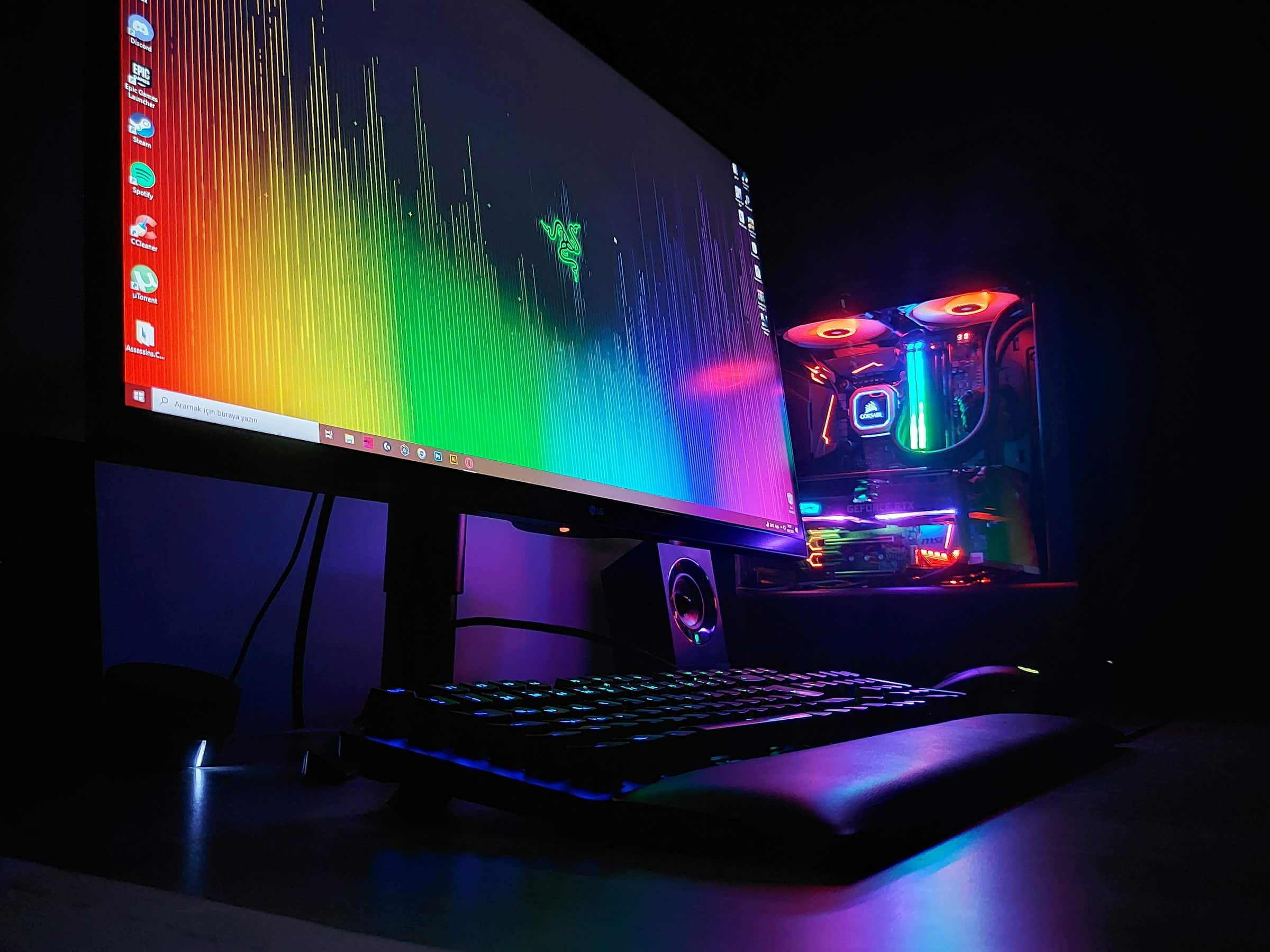What are the steps to install a custom liquid cooling loop in a Phanteks Eclipse P500A for a gaming PC?

As technology advances, the demand for high-performance gaming PCs continues to grow. One of the most effective ways to boost your rig's performance and aesthetics is by installing a custom liquid cooling loop. This article guides you through the process of setting up a custom liquid cooling loop in the Phanteks Eclipse P500A case. This mid-tower ATX case is ideal for a custom liquid cooling setup due to its excellent airflow and ample space for hardware components.
Choosing the Right Components
Before diving into the installation process, selecting the right components is crucial. These include the CPU cooler, GPU block, reservoir, radiator, fans, and tubing. The quality of these parts significantly impacts the cooling efficiency and overall performance of your system.
A lire aussi : How can you set up a Philips Hue smart lighting system using a Raspberry Pi and Homebridge?
CPU and GPU Cooling Blocks
To efficiently cool your CPU and GPU, you'll need high-quality water blocks. For the CPU, consider blocks compatible with your processor, whether it's an AMD or an Intel model. For the GPU, blocks designed for specific cards like the Nvidia RTX or AMD Radeon are essential. These blocks transfer heat from the processors to the cooling liquid.
Radiators and Fans
Radiators dissipate the heat absorbed by the cooling fluid. Ensure the radiators fit within the Phanteks Eclipse P500A. Pairing radiators with high-performance fans enhances the cooling efficiency. The case supports up to a 420mm radiator at the front and a 360mm one at the top, providing ample cooling potential.
A lire aussi : What are the steps to install and configure a Synology DS920+ for automated backups to Amazon S3?
Reservoir and Pump
The reservoir holds the cooling liquid, while the pump circulates it through the loop. Integrated pump and reservoir combos are common and save space. Ensure the pump’s flow rate is sufficient for your loop’s complexity.
Tubing and Fittings
Tubing routes the cooling fluid between components. You can choose between soft tubing and hard tubing. Hard tubing offers a sleek look but requires more precision during installation. Fittings connect the tubing to components, and it’s crucial to ensure they match the tubing dimensions.
Coolant
Choose a high-quality coolant that prevents corrosion and provides efficient heat transfer. Some coolants come in various colors, adding an RGB element to your setup.
Preparing the Case
Preparing the Phanteks Eclipse P500A for a custom liquid cooling loop involves clearing space for components and planning the layout.
Disassemble the Case
Start by removing the side panels, front panel, and dust filters. The tempered glass side panel offers a clear view of your hardware, enhancing the aesthetic appeal once the loop is installed. Clear out any pre-installed components that may obstruct your loop.
Plan the Layout
Planning the hardware layout is crucial for efficient cooling and a clean look. Position the radiator, reservoir, and pump before installing other components. This strategy ensures optimal airflow and ease of maintenance.
Mounting the Radiators and Fans
Install the radiators in the designated slots. The Phanteks Eclipse P500A supports various radiator sizes, providing flexibility. Secure the fans to the radiators, ensuring they are oriented to push or pull air efficiently.
Installing the Water Blocks
With the case prepped and components chosen, it’s time to install the water blocks on the CPU and GPU.
CPU Block Installation
Remove the existing CPU cooler and clean any residual thermal paste from the processor. Apply a fresh layer of thermal paste and secure the water block using the provided mounting hardware. Ensure a tight fit to maximize heat transfer.
GPU Block Installation
Installing a GPU block is more complex. Disassemble the video card by removing the stock cooler. Clean the GPU die and apply thermal paste. Attach the GPU block, ensuring it makes good contact with the GPU for efficient heat transfer. Reassemble the card with the block installed.
Connecting the Loop
Connecting the loop involves routing the tubing between components and ensuring a leak-free system.
Measuring and Cutting Tubing
Measure and cut the hard tubing or soft tubing pieces to fit between components. For hard tubing, use a heat gun to bend the tubes to the required shapes. Clean the ends to ensure they fit snugly into the fittings.
Attaching Tubing to Components
Attach the tubing to the water blocks, radiator, and reservoir using the fittings. Ensure each connection is tight to prevent leaks. Use clamps or compression fittings for added security.
Filling the Loop
Once all connections are secure, it’s time to fill the loop with coolant. Slowly pour the coolant into the reservoir, allowing it to circulate through the loop. Use the pump to help move the fluid and remove air bubbles.
Testing and Final Adjustments
Testing the system for leaks and functionality ensures your custom liquid cooling loop operates efficiently.
Leak Testing
Before powering your system, conduct a leak test. Use a power supply jumper to power the pump without activating other components. Inspect all connections for leaks. If any are found, tighten the fittings and repeat the test.
Powering Up and Monitoring
Once the system passes the leak test, power it up and monitor the temperatures of the CPU and GPU. Software tools can help track these metrics. Ensure the temperatures are within safe ranges, indicating the loop is functioning correctly.
Enhancing Aesthetics
A custom liquid cooling loop not only enhances performance but also adds a visual appeal to your gaming PC.
RGB Lighting
Incorporating RGB lighting into your loop can create a stunning visual effect. Use RGB fans, reservoir lighting, and coolant with built-in RGB. Synchronize the lighting with your system for a cohesive look.
Cable Management
Organize the cables to maintain a clean appearance. Use cable ties and routing channels to keep cables out of sight. The Phanteks Eclipse P500A offers excellent cable management options, making this task easier.
Case Mods
Consider adding case mods to personalize your build further. Custom panels, decals, and paint jobs can make your gaming rig truly unique.
Installing a custom liquid cooling loop in the Phanteks Eclipse P500A provides superior cooling performance and an aesthetic boost to your gaming PC. By carefully selecting the right components, preparing the case, and following the installation steps, you can create a system that not only performs exceptionally but also looks impressive. Whether you're cooling a GeForce RTX or an AMD Radeon GPU, the benefits of a custom loop are undeniable. With proper planning and execution, your gaming rig will stay cool under pressure, allowing you to enjoy high-performance gaming without thermal throttling issues. So, gather your components, prepare your Phanteks case, and embark on the journey of creating a custom liquid-cooled masterpiece.
